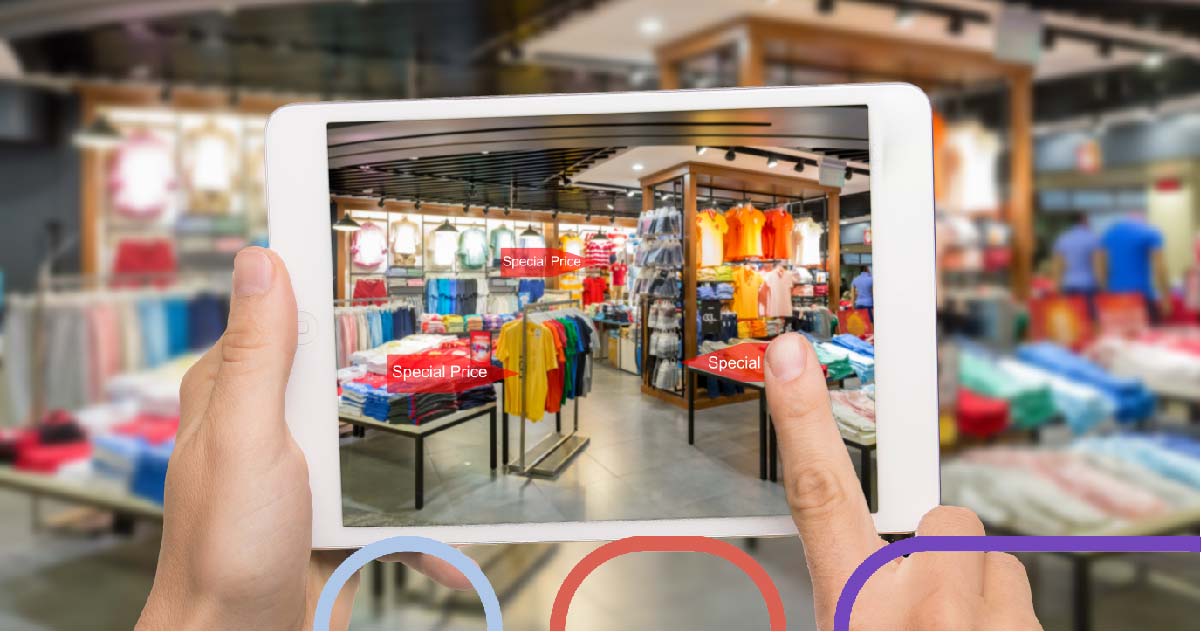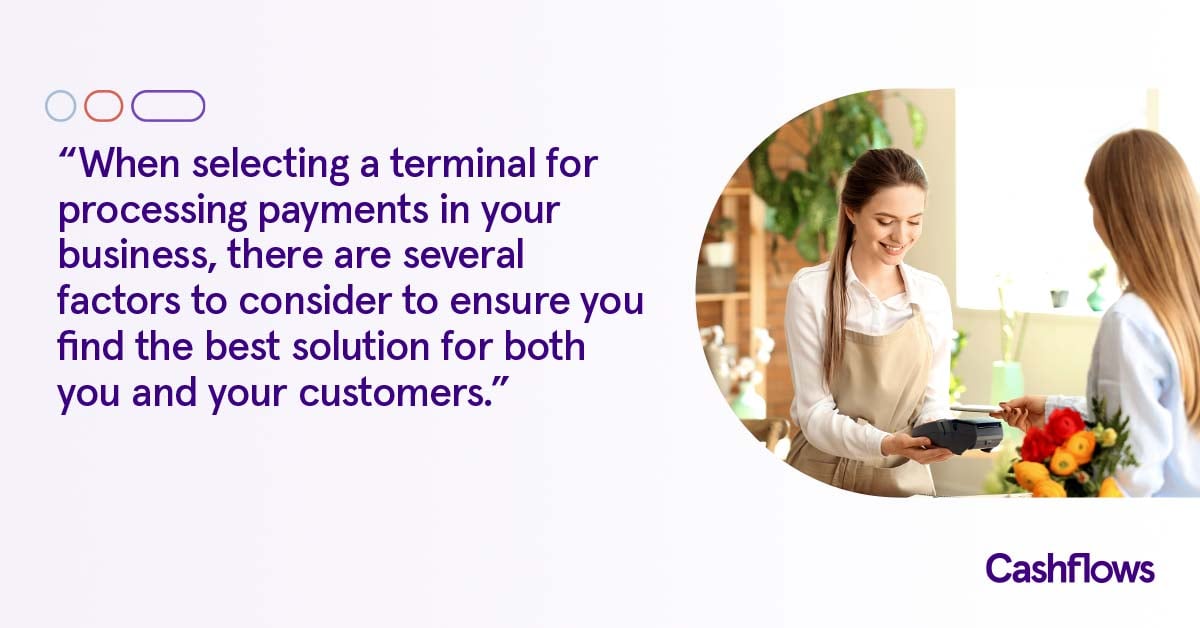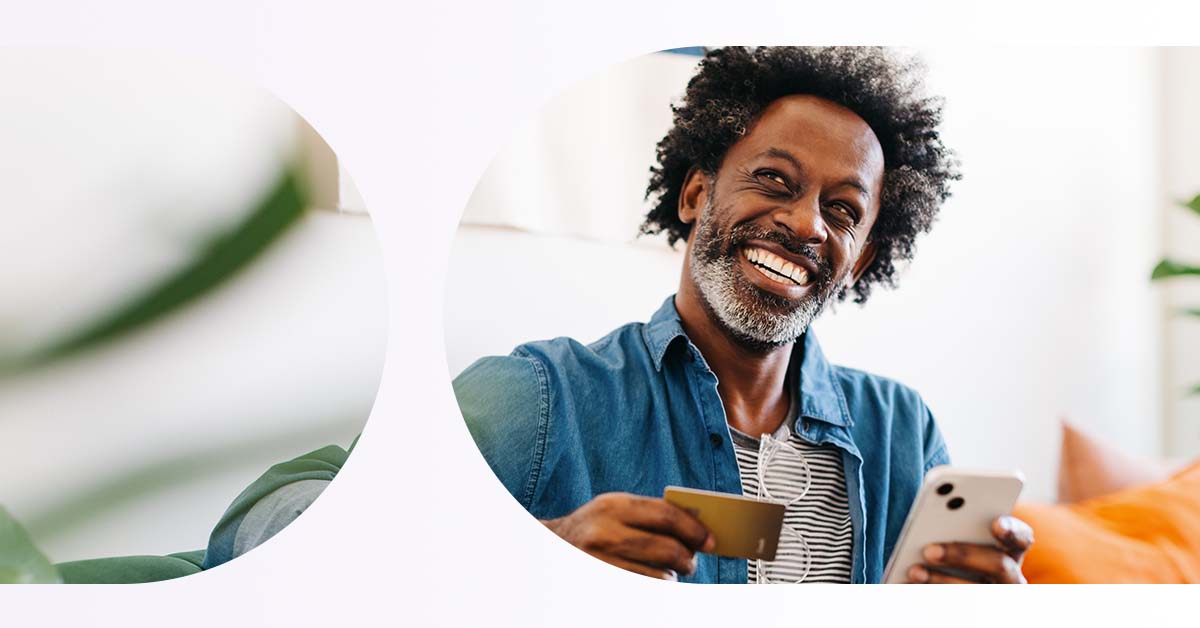The switch to eCommerce and exceptional growth in online sales over the pandemic has been well documented, with the technical boom driving us into the future far faster than anyone could have predicted. However, in following this trajectory, does this spell the end of the physical shop? Well, the answer seems to be no, not necessarily, but…
Simply put, consumers like shops. SAS found, in 2021, that 53% of people they surveyed miss trying things on in-store, and 46% miss being able to examine a product in-store1. Consumers also cited the social benefits of shopping as being a key part of their enjoyment of the experience2. Despite the health concerns surrounding in-person shopping during a pandemic when shops were opened again after lockdowns, people went. Moreover, people even waited in queues to get in, with lines for popular retailers such as TK-Max and Primark extending down the street and around the block the first few days after re-opening.
In-person shopping benefits the retailers too - with the percentage of consumers who spend over $50 rising by 17% when shopping in-store rather than online3. It also needs to be remembered that, though customers may not necessarily make a purchase in-store, 41% of people across all generations (baby boomers, millennials, and Gen Z) practice “showrooming” - They go to a shop to physically see, feel, or try on the product before buying, with brands experiencing an uplift of up to 30% in online sales in catchment areas where they’ve opened a new shop4. Brands such as IKEA have leaned into this trend, opening shops where nothing is available to buy right then and there, but everything can be ordered online with next-day delivery.
While new technology is trying to replicate the benefits of in-person shopping virtually, such as the apps Pinduoduo, eNvite, and Verishop, all of which try to replicate the experience of real-time shopping with a group of your friends, people still want a physical experience. What this experience comprises of, though, looks like it’s set to change.
With all the developments that have happened in retail as a result of the shift online – the improvement of websites, faster delivery, and easy check-outs, acceptance of digital payment methods like Apple Pay, omnichannel shopping – customers now expect more from the businesses they buy from. This extends into the physical as well as the online; shoppers want seamless omnichannel experiences, improved by technological developments that have a wow factor. Research suggests that businesses are responding quickly to this shift in consumer expectation, with 40% of retailers having gone beyond the pilot stage of implementing analytics, artificial intelligence (AI), and Internet of Things (IoT) technologies to create experiences that bring the best of the physical to the virtual, and vice-versa5.
Location
With the focus of retail switching to experiences, semi-permanent and adaptive retail spaces have been gaining popularity since before the pandemic. These spaces allow for greater experimentation and an opportunity to test and learn what works well for a brand’s consumer base6. Factors including layouts, crowding, colours, smells, and visuals have all been found to have an impact on recreational shopping and, increasingly, these pop-ups have become more of an entertainment, multi-sensory experience, rather than simply a place to buy something7.
Whilst this can seem a little overwhelming to a business, that now not only has to think about what products are in its physical shop and what it looks like, but also how it sounds, smells, tastes, and entertains, the short-term nature of pop-ups or adaptive retail spaces means that the spaces can be designed, built and opened in a matter of days, making them highly cost-effective8. If something doesn’t work, the space can be swiftly re-purposed or the strategy changed, creating incredible agility and responsiveness to new trends or market changes. Pop-ups have therefore made physical space a lot more attainable for smaller businesses and brands who can’t afford a store location but still want to capitalise on the deeper, more emotional relationship consumers establish with brands through experiences9. The temporality of the spaces also drives sales, driving customers to buy now as the shop might not be there when they come back. 79% of people who attend a pop-up make a purchase - this figure rises to 87% amongst Gen Z10.
Creating go-to locations which focus on visuals and, due to showrooming, don’t need to keep large stocks of product on-hand, instead directing visitors to order online with same-day or next-day delivery, these in-person shops also have the benefit of free advertising. Lush’s experimental store in Harajuku, Japan, for example, became a go-to destination for influencers who plastered the images of their displays all over social media, subsequently encouraging more people to visit11. Closer to home, Glow Recipe used its pop-up in London to create “instagrammable” experiences, boosting the presence of a brand that was previously only accessible online or through larger retailers and cementing its cult status amongst beauty influencers and skin-care addicts. 95% of respondents who visited a pop-up claimed it had had a positive impact on their perception of the brand, with another 73% saying that it had made them want to see or hear more from the brand in question12.
Service
Impeccable service is expected from in-store shopping experiences, particularly with high-end brands or businesses that have branded themselves as being friendly and accessible. However, it’s no longer enough to only provide great service.
Front-of-house employees are shifting from filling the traditional transactional sales role to becoming almost a ‘cast member’ in the show that the in-person retail experience has become, whose purpose is to look after and entertain the customer, whilst demonstrating products in a fun and physical way13. Something that Lush, Hamleys, and the toy department at Harrods, have been doing for years.
Service is also getting increasingly faster with the implementation of automated processes in-store along with robotics. Whilst AI and robotics have been used for years in warehouse settings for stock management, increased efficiency and analysis, increasingly they are being used in in-person retail as well14 . Zara, for example, now uses QR code scanners for customers who are collecting items, which link to robots in the back of stores who find the order and deliver it into a dropbox, making pick-ups exceptionally efficient15. Lowe’s Home Depot has also used robotics to improve experiences, placing them in a front-of-house role as customer assistants16. These robots can answer basic questions and lead customers to products in-store, as well as monitor inventory.
Even at a more basic level, stores are increasingly implementing touchscreens where customers can search for items and shop assistants can check stock levels, saving time and providing easy online-ordering solutions for when an item isn’t available in-store.
Personalisation
The personalised experience consumers have come to expect, through interacting with online and digital commerce that presents tailored recommendations, is starting to be increasingly implemented in-store as well. Businesses have to become ‘hyper-personalised’ across the user journey and the physical and digital experience to cement brand trust and loyalty17.
The positive is, consumers have become more comfortable with sharing their personal data, making this easier to achieve. 33% of people are likely to share personal data with organisations, the caveat being that 14% expected an improved customer experience as a result18. Consumers want to know that sharing their information will have positives for them - not just provide companies with an opportunity to add them to their mailing lists.
Brands have capitalised on this by creating profiles of consumers, giving more customers access to services that are more akin to personal shopping. Store assistants can offer recommendations based on previous purchases in-person rather than just online, using the same algorithms and data19. Not only this, but clever algorithms are now tailoring recommendations on not just previous purchases and average order value, but also on body type, colouring, and personal style, using social media tracking and in-person reports to optimise their services20.
Tech
Tech has become increasingly implemented to make in-person shopping faster, more efficient, and to wow customers. By implementing apps and AI technology that allows customers to virtually queue, scan items for more information via QR codes, create online baskets, or bypass the in-store checkout process with check-out free shops, businesses can create easy shopping experiences and increase sales conversions21.
Virtual try-on tools available in-store have become increasingly popular since the start of the pandemic due to hygiene factors limiting the operation of changing rooms and product testing for things like make-up. Retailers including L’Oreal, Chanel, and Wella have launched AI and AR-enabled apps to let users virtually try make-up or hair products – with Chanel’s being flagged as particularly revolutionary due to its ability to colour match anything to one of its lipstick shades22. Magic mirrors let users virtually adjust their clothes, hairstyle or hair colour, and make-up and are being used by brands including Charlotte Tilbury, Bourjois, and Uniqlo, to allow customers to try products in-store without actually having to touch the physical product.
Tech has also started to stand in for more specialised experiences that previously would have had to be carried out by a trained employee. Neutrogena's 360 app turns users’ phones into a dermatologist, scanning the skin and providing information that usually would require an in-person examination23. Similarly, the Nike Fit app saves customers having to track down an employee to help them find the right fit of shoe, the AR technology using a 13-point measuring system to map the dimensions of a foot and presenting the options that give that individual the best fit for their foot24.
Even past the pandemic, these tools remain incredibly useful as customers trying on clothes can use the mirrors in changing rooms to summon a sales assistant for help or to find out more information about the item they are trying, for example, material composition, where it was sourced, and the product name, so that if they wish to buy it online instead, they can find it easily. In terms of using the mirrors to trial a new haircut or colour, it means that customers are more likely to be happy with their final look, minimising potentially negative experiences. Lush’s app shows the user videos of the product they’re scanning in action, showcasing their bath bombs to full effect, without necessarily having to do in-person demos25. IKEA’s home visualisation tool ensures that customers can see how their new furniture will fit and look in their living space, reducing returns and allowing for easier planning. These apps aid in rapid decision-making, empowering the customer to make informed decisions and thus benefiting the business by reducing returns and customer dissatisfaction.
While the shift to providing an experience rather than just a space where products are laid-out and consumers can shop may seem overwhelming, there are definite benefits. Customers are willing to spend more when provided with amazing customer experiences. The Temkin Group found that companies that earn $1 billion annually can expect to earn, on average, an additional $700 million within 3 years of investing in customer experience26. It’s also increasingly becoming expected of large or trendy brands, meaning that in order to compete in the industry investing in these experiences is key, and arguably, more sensible than spending large sums on permanent retail space. As the pandemic has shown, agility is key – large shops are an expensive redundancy if no one can go to them and, perhaps more importantly, are no longer enough of a motivation to persuade people to leave the comfort of their sofa27.
Seamless payments are a key part of providing customers with the service and experience they expect. By providing digital payment methods like Apple Pay, and omnichannel options, you can ensure more conversions and reduce cart abandonment. Data insights are also becoming key to optimising experiences and driving smart growth in a way that benefits your customers. To find out more contact our team.
Sources
*1 SAS
2 Ibid.
3 BBC
4 BRC
5 Conizant
6 BRC
7 BBC; Harvard business review
8 The drum
9 BRC; Conizant
10 ID Agency
11 Conizant
12 ID Agency
13 BRC
14 Global Data
15 Ibid.
16 Ibid
17 Forbes; Harvard Business Review
18 SAS
19 Design retail
20 Global Data
21 Global Data; Retail Technology
22 Global Data
23 Ibid.
24 Ibid.
25 Conizant
26 Nasdaq
27 The drum


